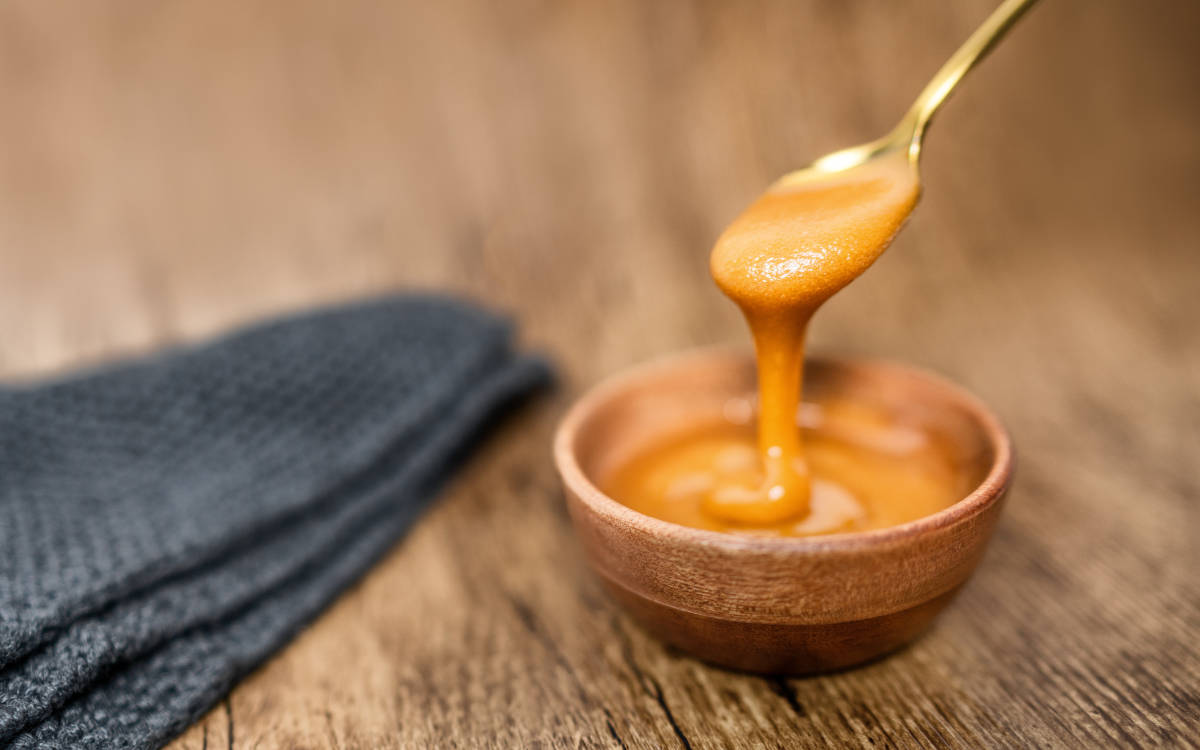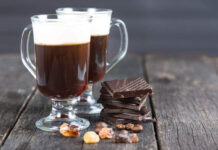Honey is a staple in most kitchen cupboards. Whether spread on toast, used to sweeten various dishes or mixed with hot water and lemon to help fight a cold, honey is a versatile and well-loved ingredient.
A squeezy bottle of supermarket-branded runny honey may be our go-to choice, but have you ever picked up a jar of Manuka honey and wondered what the difference is between the two and whether it was worth the price?
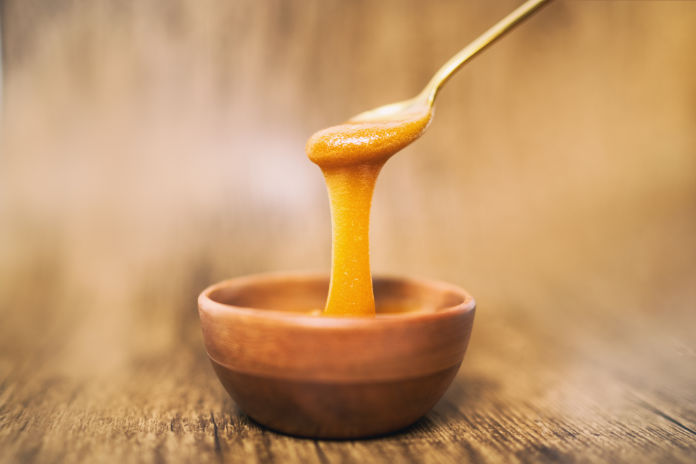
What is Manuka honey and where does it come from?
Honey is made from the nectar collected from flowers and plants, and many well-known brands use a blend rather than a specific species of flower. In production, sugars, syrups, or other compounds are often added to honey to change its flavour or viscosity, reduce cost, or increase the fructose content to stave off crystallization.
Manuka honey, on the other hand, derives only from the Manuka plant of New Zealand and South-East Australia,
The plants aren’t the only difference. Although honey is known for its health benefits, Manuka honey studies have shown that it might be better for us than regular honey. Manuka contains naturally-occurring chemicals such as MGO, DHA and Leptosperin, all of which benefit our wellbeing. It’s also shown that Manuka has more antibacterial and anti-inflammatory properties.
How to choose the best Manuka honey for you
Shopping for genuine Manuka honey can be tricky if you’re unsure what to look for.
Look for authentic Manuka honey rating systems
If you’re looking to buy genuine Manuka, it’s important to keep an eye out for rating systems on the jars.
One of the key references to spot on Manuka is UMF (Unique Manuka Factor). UMF is an international quality trademark that can only be used by New Zealand producers for naturally produced and unprocessed Manuka honey. To gain the UMF trademark, the honey must be tested for three unique natural markers that indicate genuine Manuka. These markers are:
- Leptosperin
- Methylglyoxal
- Dihydroxyacetone (DHA), e.g. the age of the honey
UMF refers to the authenticity of the Manuka, and the number following refers to the potency, e.g. UMF 20+.
Other Manuka ratings that indicate a genuine product include:
- MGO − the antibacterial element that Manuka is known for.
- Active or TA (total activity) – a test for Manuka’s total amount of antibacterial activity.
If you see any of these ratings on your Manuka, it’s most likely the real deal.
What does MGO mean?
Methylglyoxal (MGO) is a chemical found in Manuka honey which provides an antibacterial and antimicrobial effect. When looking for MGO on the label of Manuka, the higher the number, the stronger the antibacterial effect.
Comivita has examples of MGO ratings in relation to UMF ratings. However, MGO ratings alone aren’t pure indicators of genuine Manuka, as MGO can be produced synthetically. UMF tests for genuine Manuka using MGO, DHA and Leptosperin. To ensure that the honey you’re buying is authentic, look for the UMF rating and MGO.
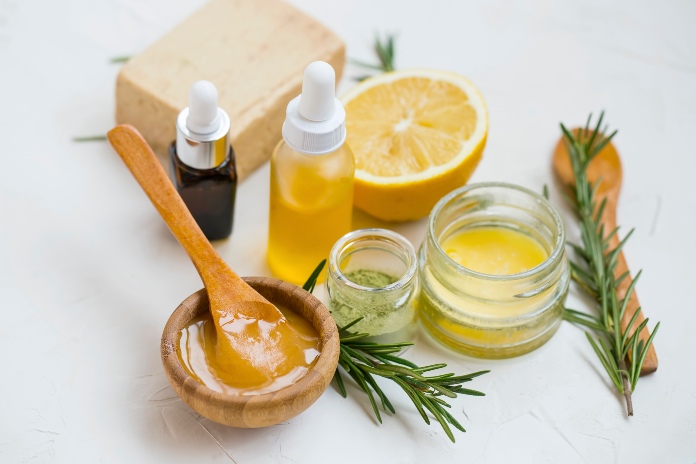
Is Manuka honey organic?
Knowing whether honey is organic or not is difficult and not always guaranteed. The difficulty is controlling where the bees pollinate and knowing if the bees have been in contact with pesticides.
For honey to be labelled organic, the environment has to be controlled − the producers must ensure that the plants and bees have not been in contact with pesticides or fertilisers.
Is Manuka healthy?
Manuka has a lot of health benefits that include:
- antibacterial properties
- anti-inflammatory properties
- antioxidants
- soothes sore throats and wounds
- helps skin care and oral health
However, do not use or consume honey if you have allergies to bees or have diabetes. Honey in any form should not be given to babies under the age of one.
Manuka honey calories
A teaspoon of Manuka honey usually has around 33 calories and 8.2g of sugar. As honey, including Manuka honey, is considered ‘free’ sugars, they are best enjoyed in moderation as part of a healthy diet.
How to use Manuka
You can take a spoonful of honey right from the jar or stir it into teas or hot water for a sweet drink. You can also cook with it (honey-roasted veg!) or spread some on toast for a healthy kick at breakfast.
A spoonful of Comvita’s Manuka honey UMF 5+ is the perfect way to give your body a boost in the morning or before a workout. If you prefer a quick and easy way to get your Manuka fix, Comvita pure Manuka honey lozenges are ideal for busy people. Just pop one in your mouth and dissolve!
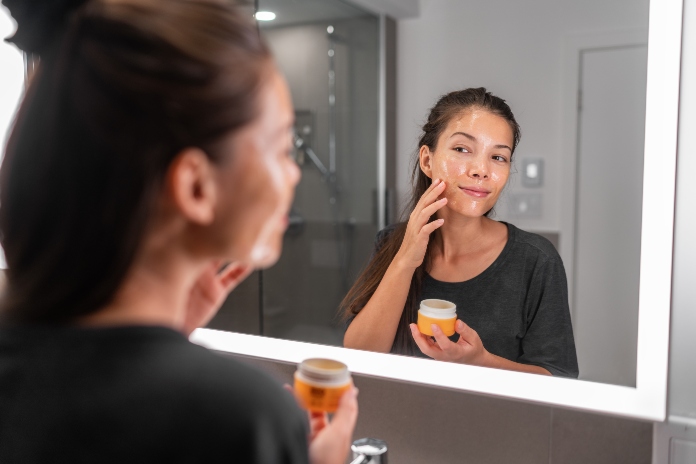
You can also apply it to your skin for a healthy glow and to reduce inflammation and acne. Try combining it with other superfoods such as avocado for a refreshing face mask!
As a licensee of the UMFHA (Unique Manuka Factor™ Honey Association), Comvita is committed to delivering a range of high-quality Manuka honey
You may be interested in…
This article may include affiliate links to products and services where we may receive a small fee to support the running of this site if you make a purchase or is a sponsored article from one of our select editorial partners providing valuable advice and information to our readers.























































